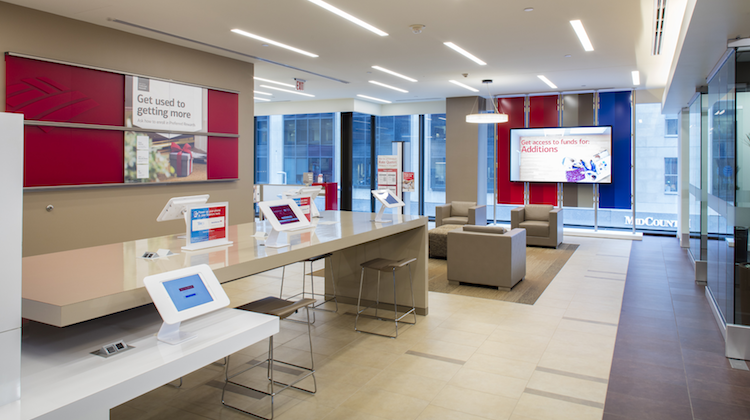The Customer Effect
Cafes, lockers and more small-business services: What the bank of the future should look like
- Banks know well they need to evolve their bank branches, but there's a lot of future in front of them and when it's time for another refresh, they could focus more on the small business set
- Despite current branch enhancements, branches are still transactional centers instead of places to connect emotionally with customers -- the one thing banks lose out on when competing for the customer relationship








